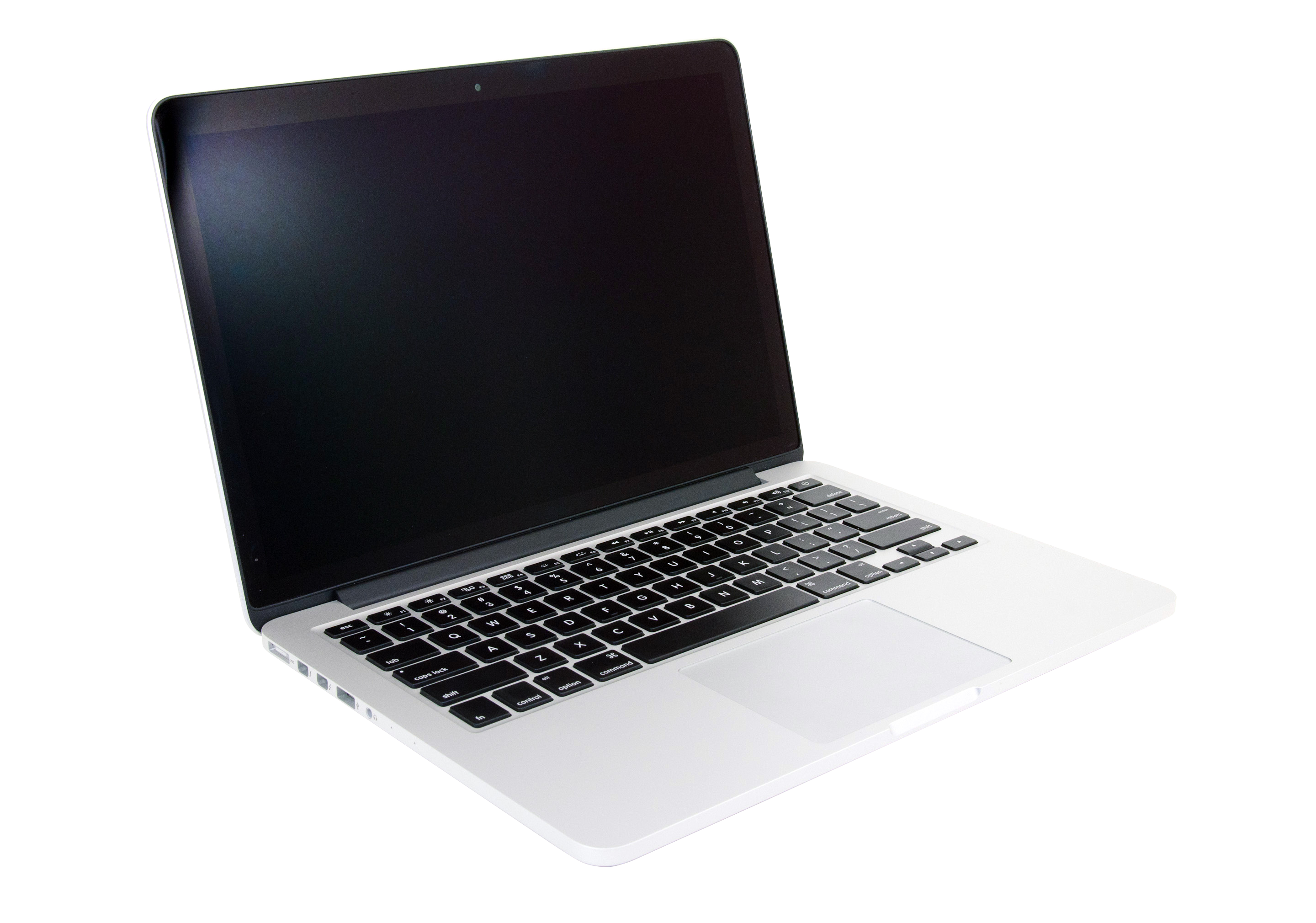Intel 82556dc Driver For Mac
The Driver Update Tool – is a utility that contains more than 27 million official drivers for all hardware, including intel(r) 82566dc-2 gigabit network connection driver. This utility was recognized by many users all over the world as a modern, convenient alternative to manual updating of the drivers and also received a high rating from known computer publications. The utility has been repeatedly tested and has shown excellent results. This tool will install you the latest drivers for all devices on your computer. Supported OS: Windows 10, Windows 8/8.1, Windows 7, Windows Vista.
This utility contains the only official version for Intel(R) 82566DC-2 Gigabit Network Connection Driver for Windows XP/7/Vista/8/8.1/10 32-bit and 64-bit versions. With just one click you can update the driver as well as the rest of the drivers in your system, such as:. Monitors. Audio & Sound. Graphics & Video Adapters. Modems & Network Adapters.
Printers. Scanners. Optical Disk Drives. Other Devices This utility works in two simple steps: 1. Automatically identifies your Hardware.
Downloads the latest official version of the drivers for the Hardware and installs them correctly. This method allows you to save your time and correctly install all necessary drivers, not being afraid to make a mistake during a manual installation.

The Intel® RealSense™ SDK has been discontinued. No ongoing support or updates will be available. Introduction is becoming popular with developers, and along with the buzz comes numerous (and inevitable) questions regarding its functionalities. One of the most-asked questions is how to get the running on a Mac.
The following step-by-step guide shows you how to run the SDK sample apps with an Intel® RealSense™ camera on a Mac through Boot Camp. Hi Peter, thanks for this article. I'm trying to get an Intel RealSense SR300 working with my Macbook Pro. The CPU is up to spec - but one main difference is that I'm running VMware Fusion with Windows 10 build 10586. I'm using a MacBook Pro (Retina, 13-inch, Mid 2014) which has 2 x USB3.0 ports. When I connect the SR300 to my Mac (running OSX 10.11.2) the device shows up on the internal USB3.0 hub as 'Intel RealSense(TM) Camera SR300. Another device also shows up on below the USB 3.0 Hub under USB2.0 Hub as Creative VF0800.
I'm running VMware Fusion v8.1.1 on my Mac with a virtual machine running Windows 10 Pro (version 1511 OS Build 10586.318). I'm running v8.0.24.6528 of the Intel Realsense SDK. When I connect the SR300 to the USB3.0 port on my Mac it asks me if I want to connect the device to my Mac or to the Windows VM so I selecting the Windows option. In Device Manager I can see Creative VF0800 under Audio inputs and outputs. It also shows under Sound, video and game controllers. It does not show under Image Devices. I can only see VMware Virtual USB Video Device under Image Devices.
Under USB devices it shows up as a USB Composite Device using a standard Microsoft driver. When I run the Camera Explorer app it says there are no cameras connected. I then tried to install the SR300 device driver using the intelrsdcmsr3003.1.25.2599.exe file.

The installation fails with 'The installer failed to detect an Intel® RealSense™ 3D camera on this system. The installation was terminated.'
Intel 82579lm Windows 10 Driver
I installed USBDeview which shows the Creative VF0800 device. I can't see any entry for the SR300 camera. Western digital caviar blue driver for mac.
Intel 82579lm Gigabit
I’ve tried switching the VMware Virtual USB Video Device (built in cam) to use the Intel Realsense Camera but that doesn’t seem to resolve the issue. The only difference is that the green light on the front of the SR300 lights up when I select the SR300 in the VMware Fusion Camera options window.